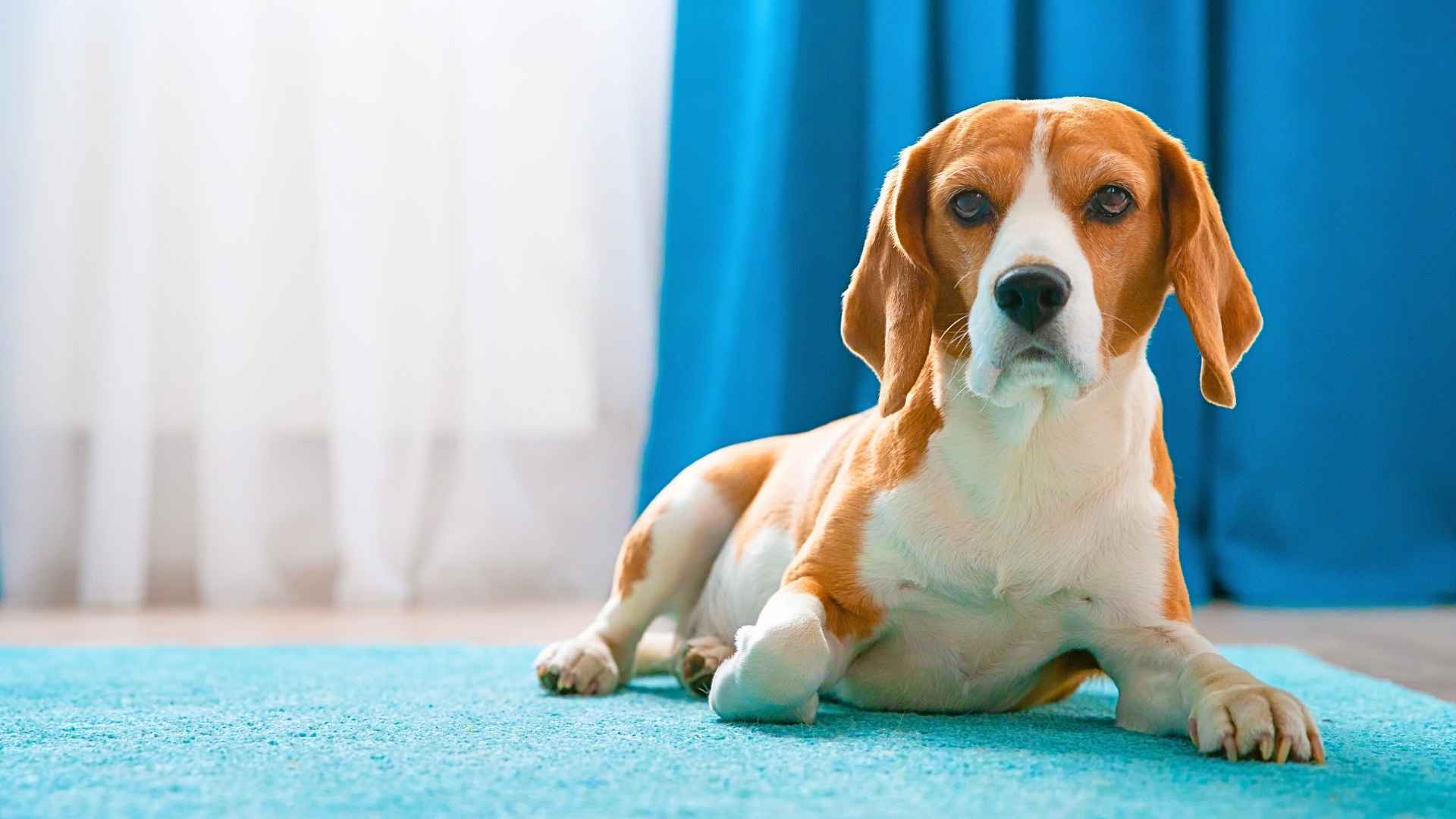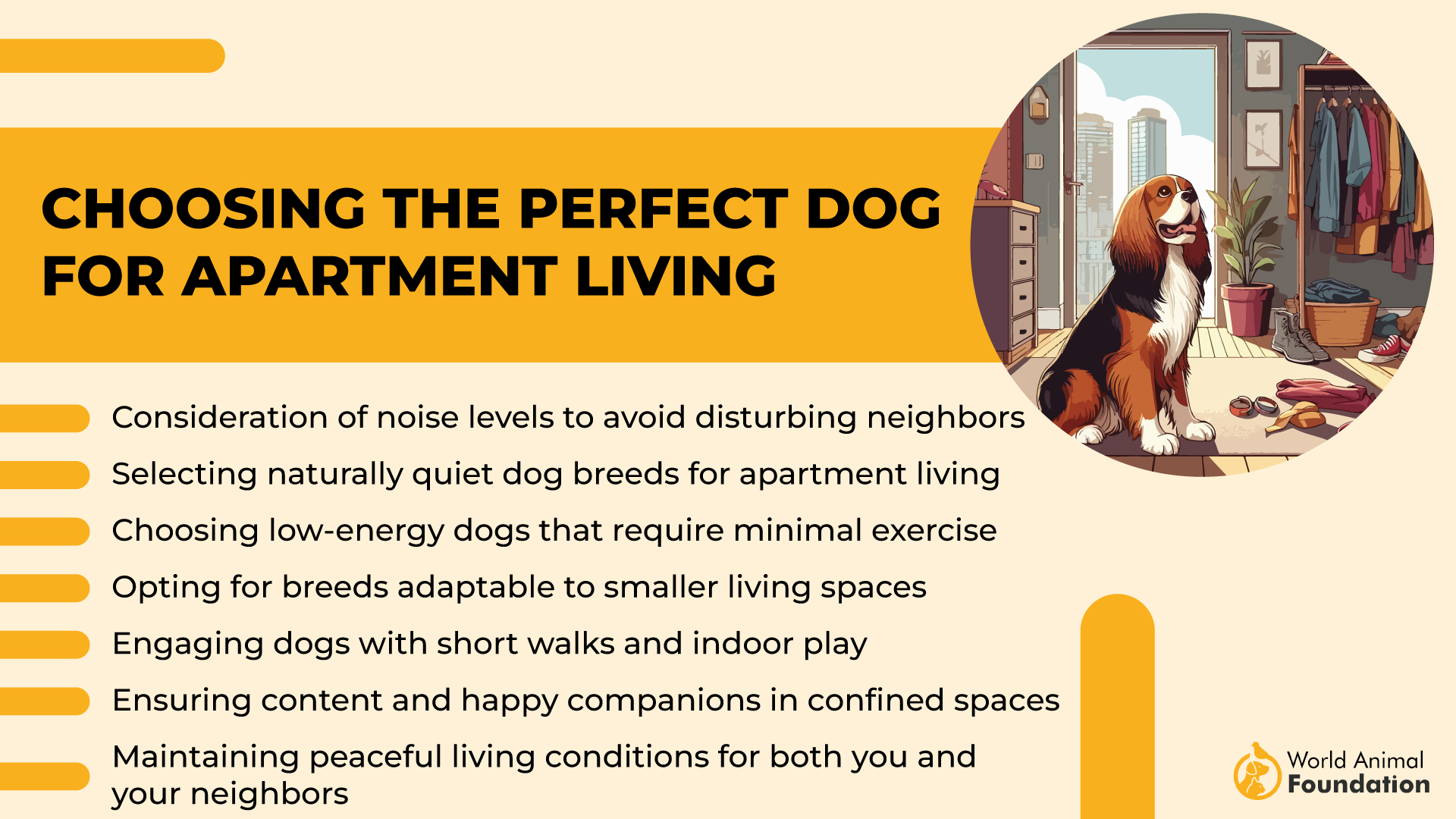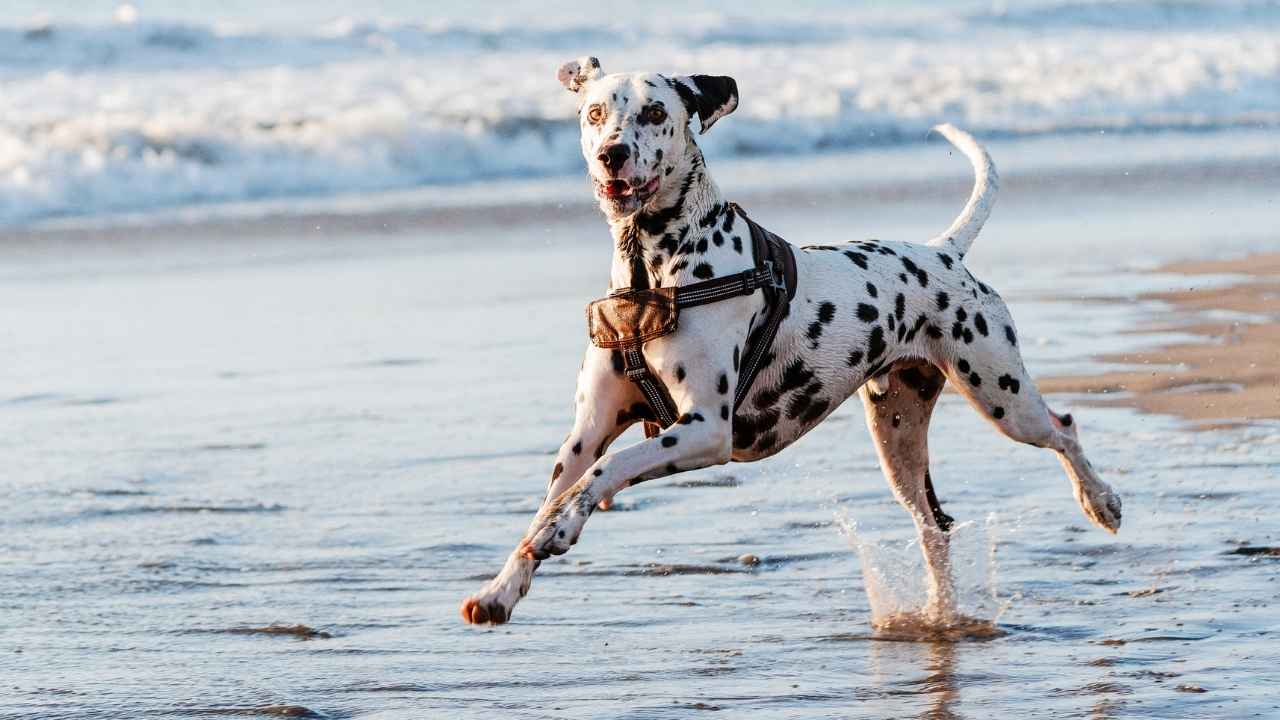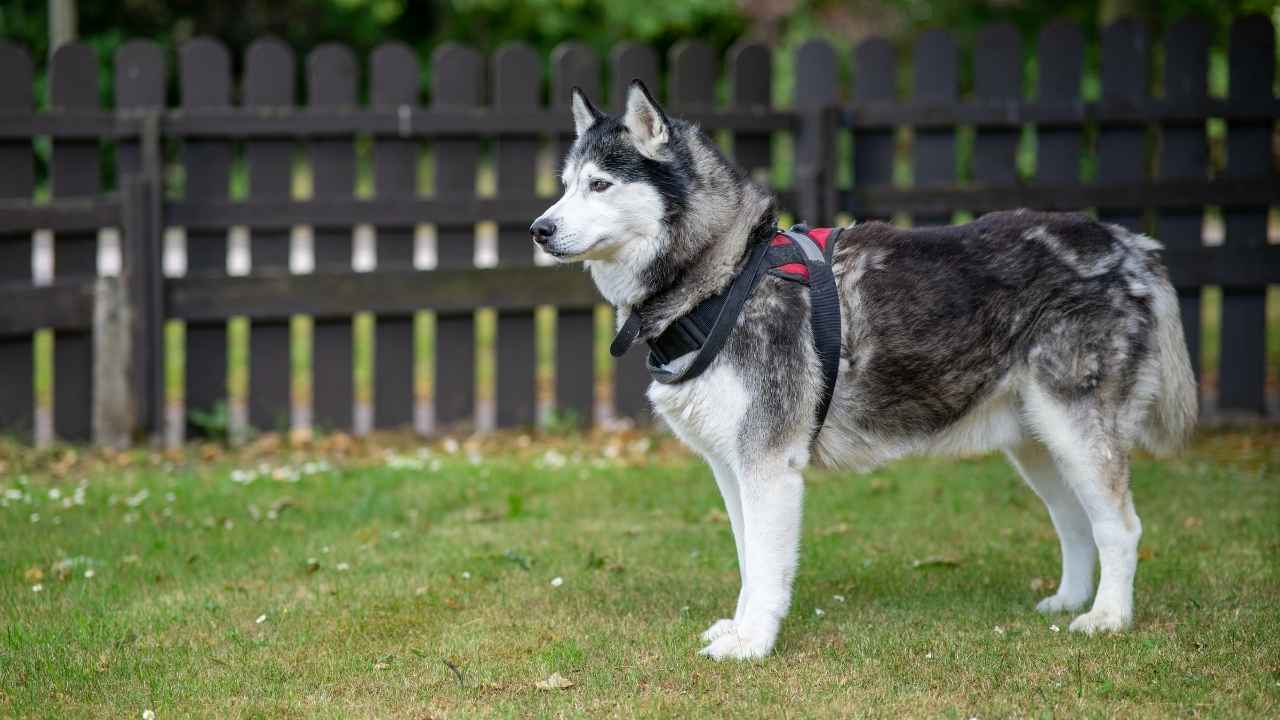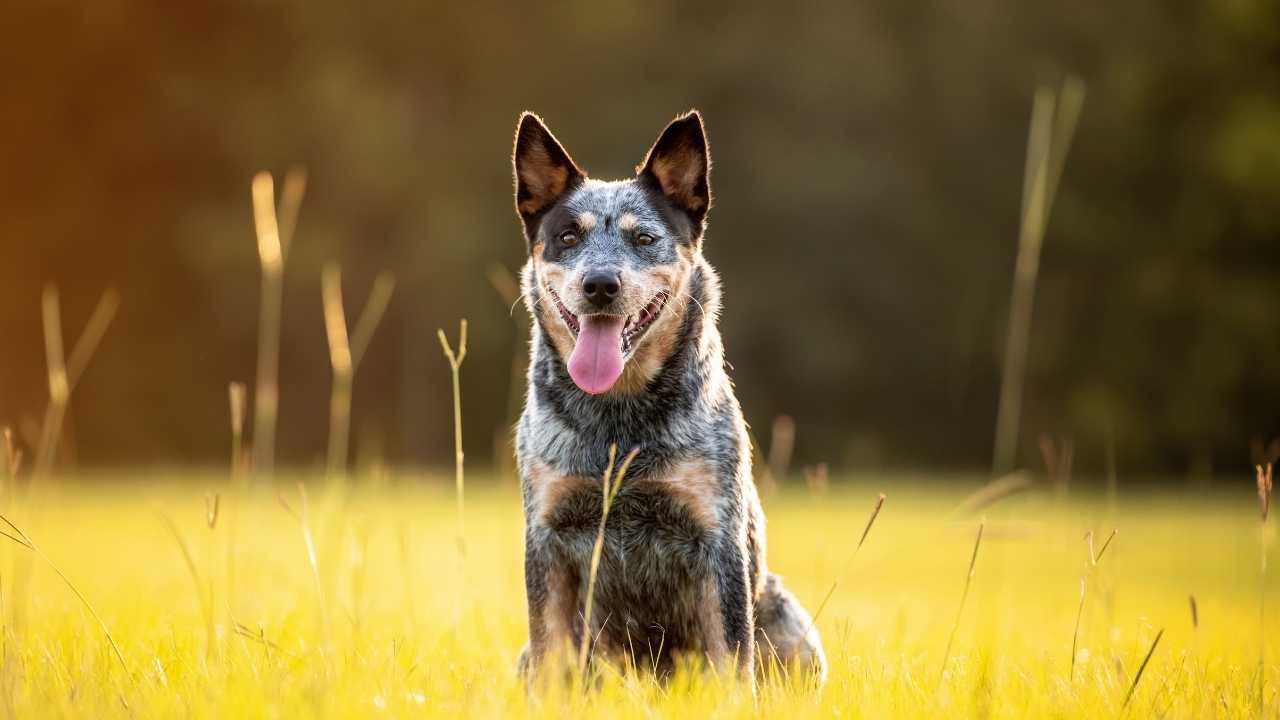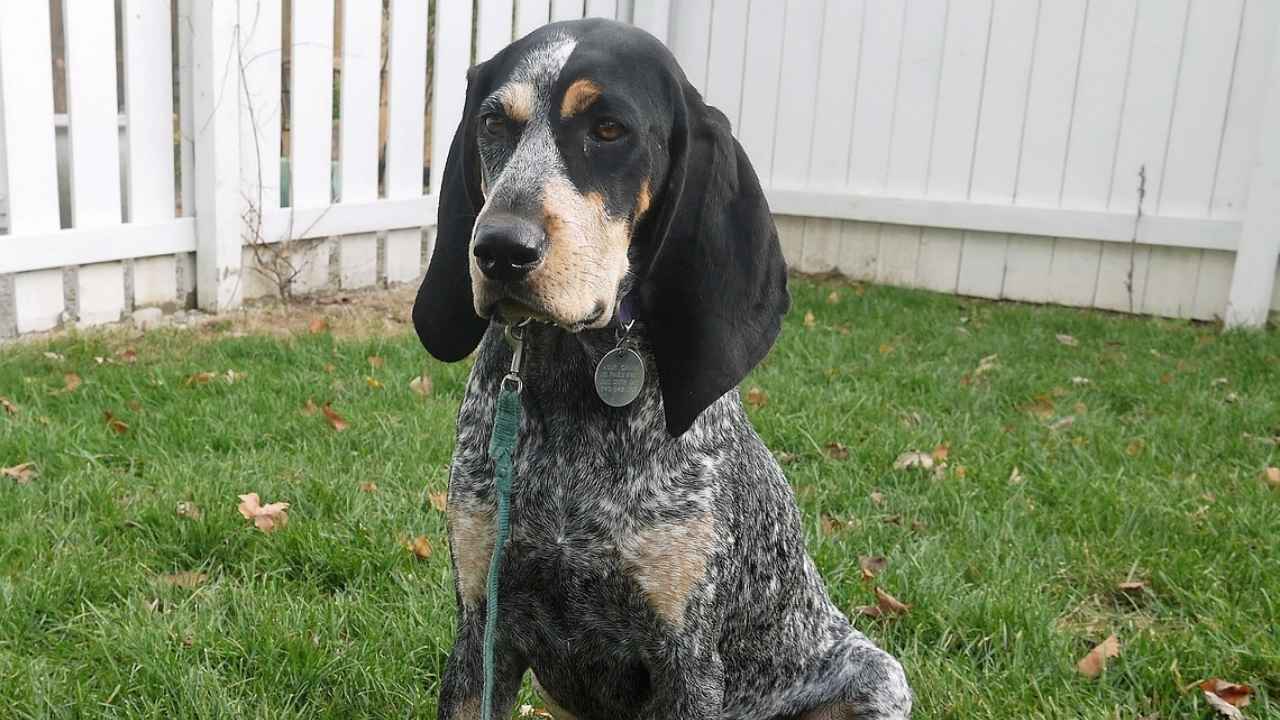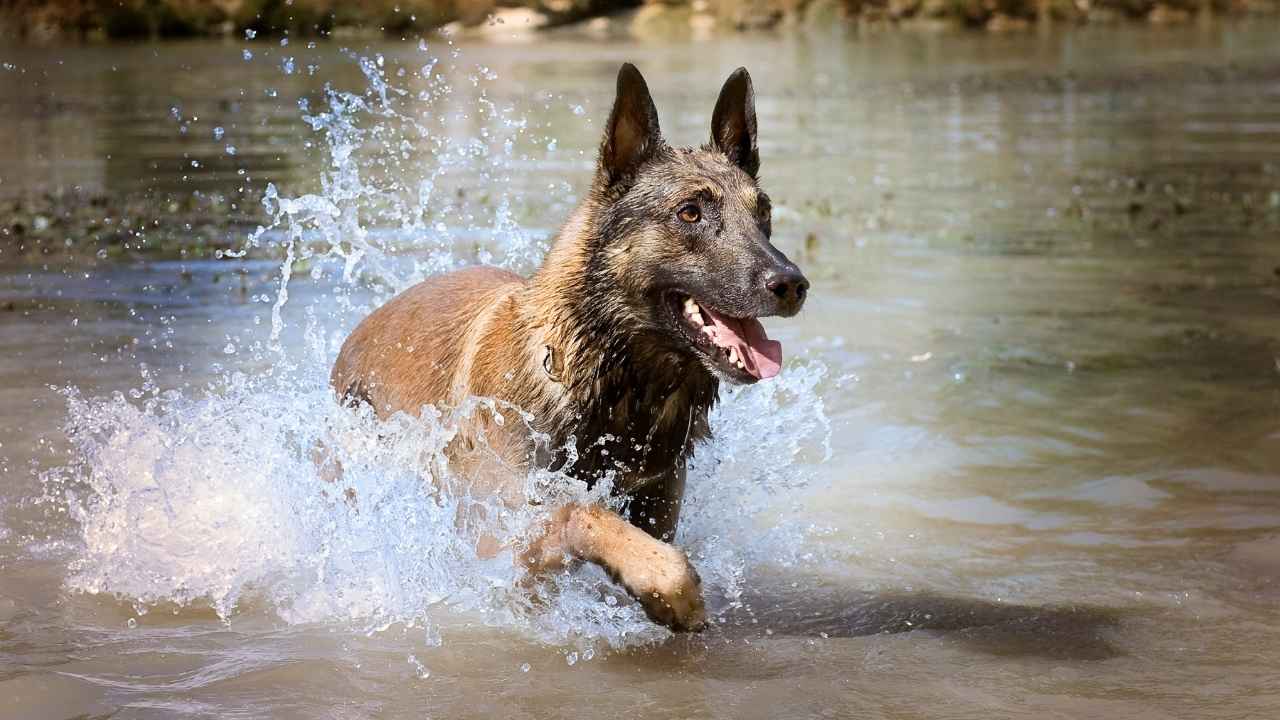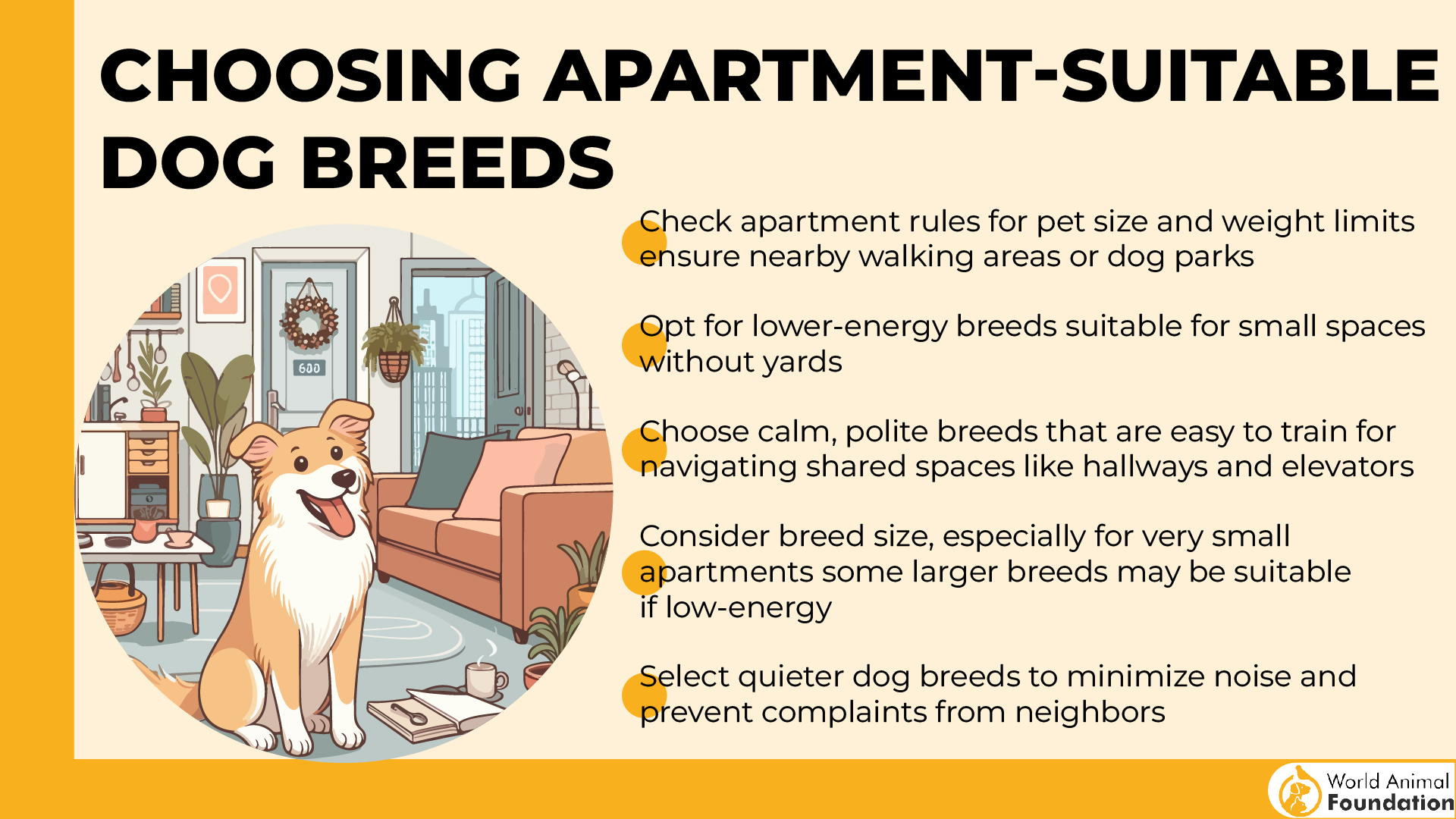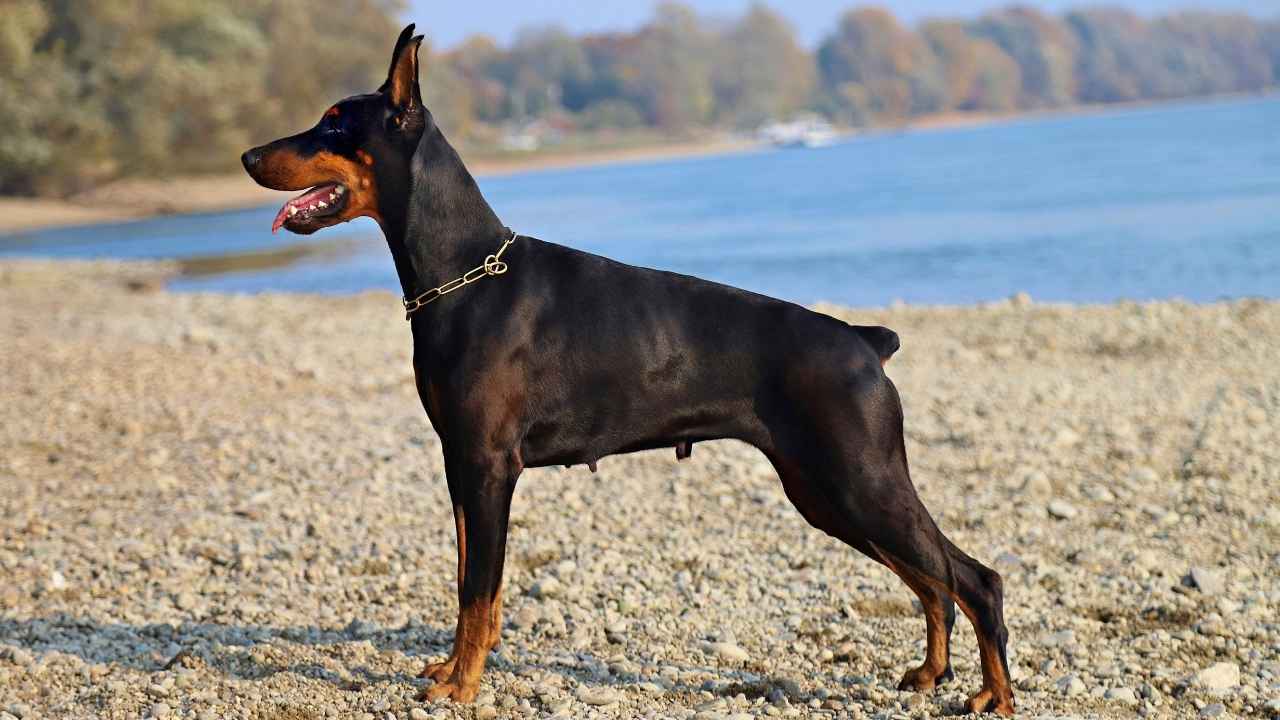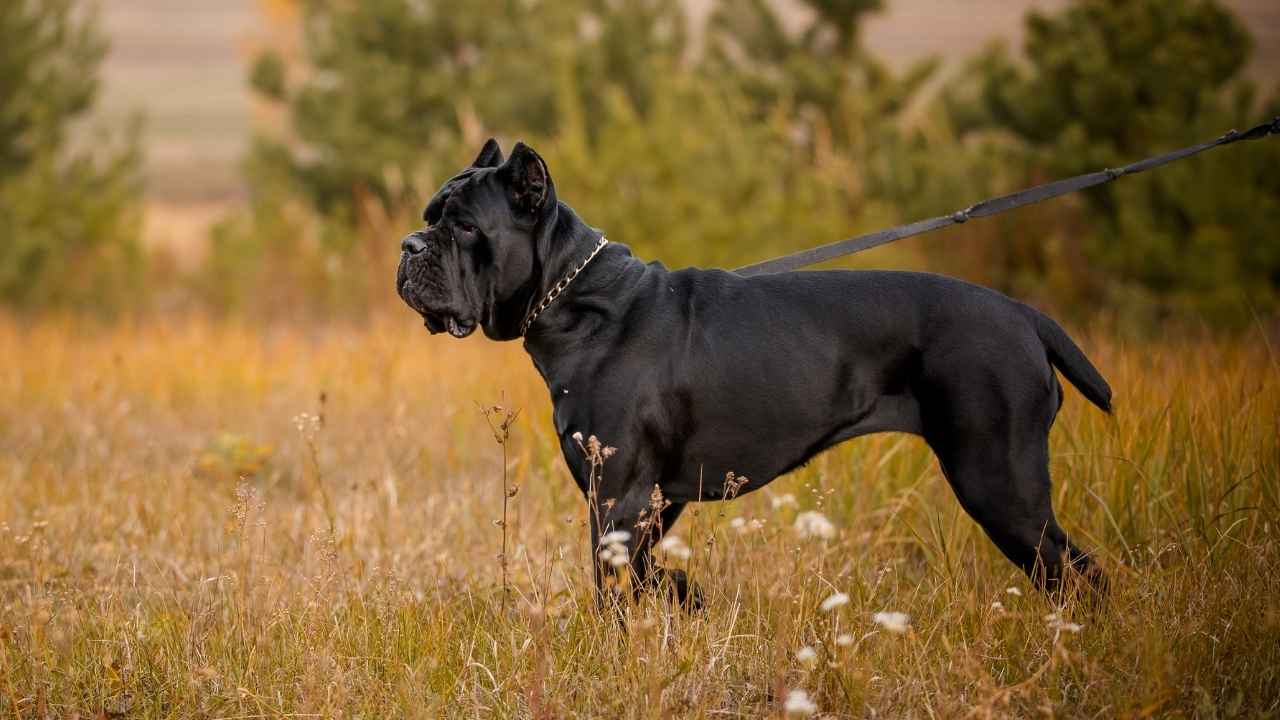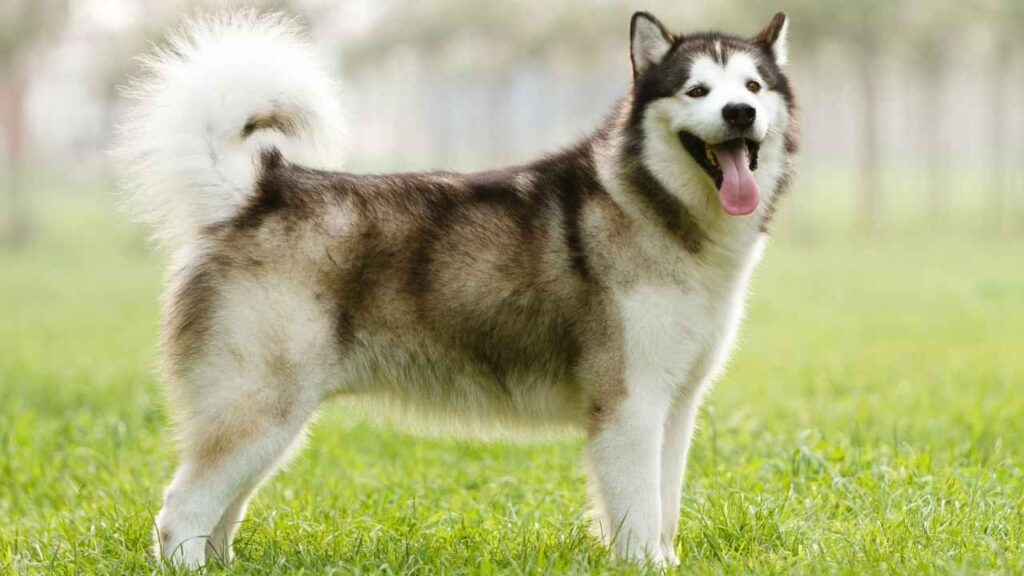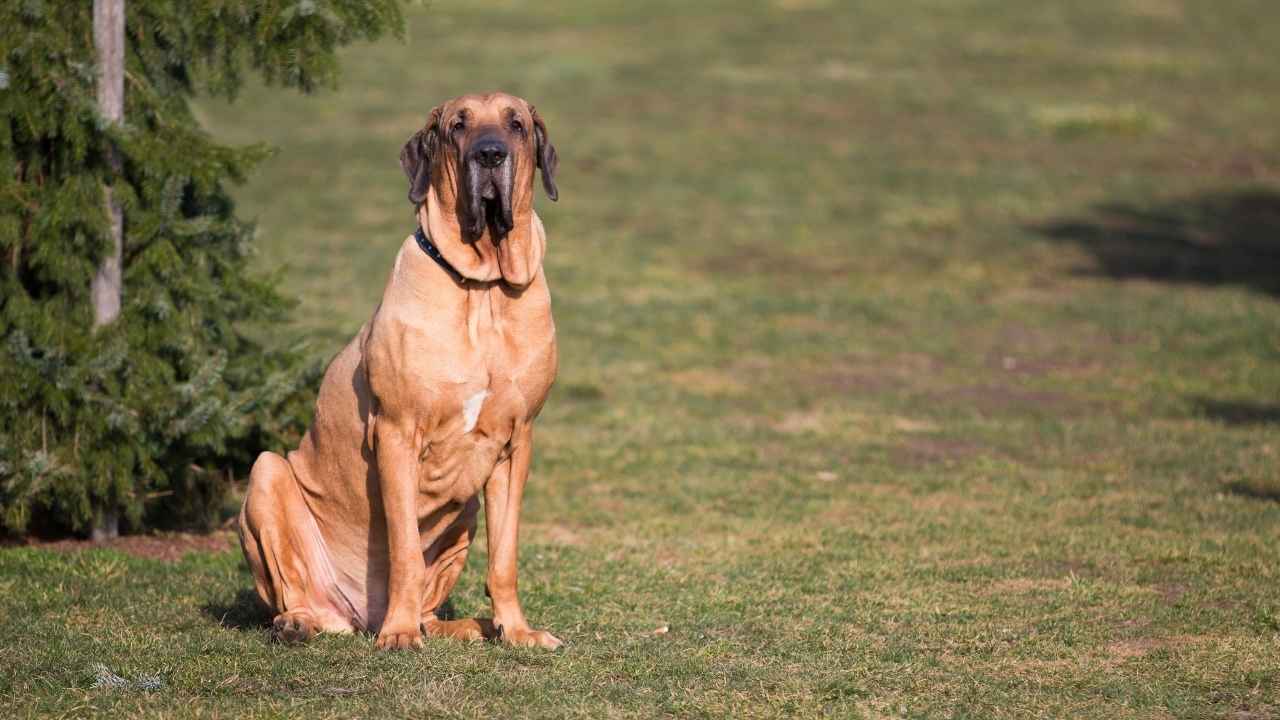Living in a city apartment often means limited space, noise, and a bustling environment—factors that can challenge certain dog breeds. While many dogs can adapt to urban living, some breeds are innately unsuited for the confines of an apartment. These dogs may require vast spaces to roam, a peaceful setting, or constant physical activity to thrive. From energetic herders to colossal canines, understanding which breeds may struggle in a city environment helps ensure a harmonious, happy life for both dog and owner. Explore why city apartments may not be the best fit for these nine dog breeds, ensuring a more suitable home awaits them.
Living in an apartment can be a cozy dream for many, but not all dogs thrive in smaller spaces. Some breeds, built for the open fields or active environments, may find apartment life challenging. The hustle of apartment buildings, the lack of space to roam, and the noise can stress certain dogs.
Certain breeds, especially larger or high-energy dogs, need more physical and mental stimulation than most apartment living situations can provide. With breed-specific legislation and apartment breed restrictions, many dog owners are limited in their choices.
Additionally, pet owners must consider how noise levels or aggressive behavior might disturb neighbors or other residents. While some dogs are well-suited for smaller living spaces, others may struggle with confined quarters.
Curious about which dogs might not be the best fit? Keep reading the blog to uncover which breeds may not thrive in apartments.
Dog Breeds That Are Unsuitable For City Apartments
1. Dalmatian
Dalmatian dogs are energetic and independent, originally bred for work. With a sleek coat and muscular build, they thrive in open spaces. These dogs may struggle in smaller apartments due to their high energy levels and need for physical activity.
City environments lack the room for a Dalmatian to run freely. They require a large yard or access to outdoor areas for exercise. Their need for ample space makes apartment living unsuitable, especially without regular walks and playtime.
PDSA says Dalmatians can become restless in apartments, leading to destructive behavior or excessive barking. Their high intelligence and physical demands make them better suited for homes with large yards. Apartment renters should consider alternative living situations, such as houses with a yard.
2. Siberian Husky
The Siberian Husky is a striking breed known for its thick fur coat and bright eyes. Originally bred to pull sleds, they have a high stamina level and require intense exercise. These traits make them challenging for apartment life.
With their need for regular, strenuous physical activity, Huskies struggle in cramped city spaces. Apartment dwellers cannot always provide the daily runs and wide-open areas where Huskies thrive. Smaller living spaces may also cause frustration for these active dogs.
Huskies can be noisy and stubborn, which can disrupt apartment complexes. They also tend to escape if not properly contained. For urban pet owners, homes with large yards or rural areas are better suited for these dogs.
3. Australian Cattle Dog
This breed is known for its intelligence and herding instincts, making it a hard-working dog. With a compact, muscular build, Australian Cattle Dogs are active and need regular stimulation. They are not suited to apartment living due to their energy levels.
As per AKC, Australian Cattle Dogs require plenty of space to run and explore. Apartment buildings with limited space for enough exercise can make them restless. A backyard is ideal for this breed to expend energy, which is crucial for their well-being.
In apartments, their high energy often leads to behavioral issues, such as excessive barking or chewing. Their need for constant engagement may also make them destructive in confined areas. A larger home or access to open spaces is more appropriate for these dogs.
4. Bluetick Coonhound
The Bluetick Coonhound is a scent hound known for its keen nose and tracking abilities. With striking blue and black markings, this breed was originally bred for hunting. Their independent nature and high energy make them unsuitable for city apartments.
This breed needs plenty of space to roam and explore. Apartment environments often don’t provide the necessary space for them to exercise freely. Bluetick Coonhounds also require mental stimulation, which can be challenging in a confined apartment setting.
Their strong hunting instincts and tendency to bark make them difficult in apartment complexes. Without enough physical and mental exercise, they can become frustrated and destructive. Pet owners may find this breed more suited for rural or suburban areas.
5. Belgian Malinois
The Belgian Malinois is a highly intelligent and active breed, often used in police and military work. Their sharp focus and energy make them highly trainable but demanding. This breed’s temperament doesn’t adapt well to apartment living.
These dogs require a lot of exercise and mental stimulation, making small spaces difficult. With a high energy level, they need plenty of room to run and play. Apartments don’t provide enough space for them to burn off excess energy.
In apartments, Belgian Malinois dogs can develop anxiety or destructive behaviors. They may bark constantly or become overly attached to their owners, creating separation anxiety. Larger homes or outdoor spaces are necessary for this breed to thrive.
6. Doberman Pinscher
Doberman Pinschers are elegant, alert, and protective, making them great guard dogs. With a sleek build and powerful physique, they are naturally energetic. However, their need for space and exercise makes them unsuitable for apartment life.
While they can adapt to urban environments, Dobermans need daily exercise and space to roam. Apartments limit their ability to burn off energy, which could lead to restlessness. They thrive in homes with yards where they can run freely.
Behavioral issues may arise if they are cooped up in small spaces for too long. Dobermans may develop barking problems, anxiety, or destructive tendencies. This breed needs a larger living space, and owners should ensure ample outdoor time.
7. Cane Corso
The Cane Corso is a powerful and imposing breed with a calm temperament. However, their size and strength make them poorly fit for apartment living. Despite being gentle with families, they require significant exercise and space.
Given their large size, Cane Corsos needs more space than typical apartments offer. PetMD states they need regular exercise and a yard to stay healthy and happy. Small living areas often restrict their ability to get the activity they require.
In confined spaces, Cane Corsos may struggle with aggression or anxiety due to lack of exercise. Their protective nature may also make them territorial, leading to issues with neighbors. They thrive in homes with larger yards, where they can relax and play freely.
8. Malamute
The Malamute is a large and powerful breed, originally bred for pulling heavy sleds in harsh conditions. Their thick fur and high energy levels make them suited for colder climates and active lifestyles. However, they are not suitable for apartments.
With their large size and strong build, Malamutes need significant space. Apartment living offers little room for them to stretch their legs or exercise. They require regular outdoor adventures to stay fit and healthy.
In small spaces, Malamutes can become bored and display destructive behavior. Their loud barking and need for constant exercise can disrupt apartment life. A home with a large backyard or access to open areas is the ideal setting for a Malamute.
9. Fila Brasileiro
Fila Brasileiros, also known as Brazilian Mastiffs, are loyal, protective, and territorial. With their large size and strong guarding instincts, they are not ideal for apartment living. They thrive in environments where they have more space to roam.
Given their guarding nature, Fila Brasileiros may not adapt well to crowded city environments. They need a secure and spacious area to roam freely. Apartments do not offer the space or stimulation they need for a balanced life.
This breed’s loyalty to its owner can become possessiveness or aggression in confined spaces. Fila Brasileiros do best in homes with ample space, preferably in rural or suburban areas. Proper socialization and training are crucial for living with this breed.
Conclusion
Choosing the right furry friend for your apartment can be tricky, can’t it? You’re probably thinking, “Which dog breed suits my apartment?” While smaller breeds like Shih Tzus and Cavalier King Charles Spaniels are popular for apartment living, larger dogs like German Shepherds, Doberman Pinschers, and Golden Retrievers are often deemed unsuitable. Why? Their high energy levels and need for space might be tough to manage in small spaces.
Apartment breed restrictions, like the ones property managers impose, can make it even harder to find the right dog. Certain restricted breeds, including Pit Bulls and Cane Corsos, aren’t allowed in many apartments. But don’t lose hope! Smaller dogs or well-behaved breeds like Border Collies or even puppies that need regular grooming might be more suitable for your apartment life.
When choosing your new pup, consider size, temperament, and ability to adapt to apartment living. Your new dog should fit your lifestyle, not just your space.
In conclusion, while many dogs can adapt to urban living, certain breeds may face challenges in city apartments due to space constraints, energy levels, and noise sensitivity. Large breeds like Saint Bernards or Great Danes require more space, while high-energy dogs like Border Collies need ample exercise opportunities, often unavailable in apartment settings. Breeds prone to excessive barking, such as Beagles, may also face difficulty in close quarters. It’s crucial for potential dog owners living in apartments to consider these factors and choose a breed that aligns with their living environment to ensure the well-being and happiness of both the dog and the owner.

